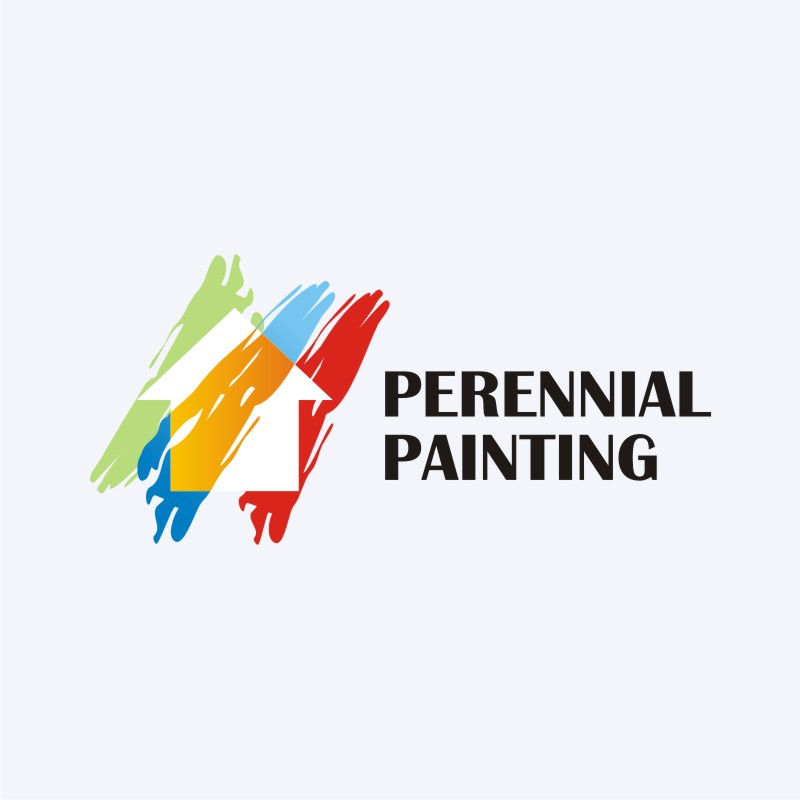Trick Seasonal Considerations For Commercial Exterior Paint: What You Need To Be Informed Concerning
Trick Seasonal Considerations For Commercial Exterior Paint: What You Need To Be Informed Concerning
Blog Article
Content By-Ford Decker
When you're planning a business exterior paint task, seasonal factors can make or damage your outcomes. You'll want to take into consideration just how temperature level and humidity effect paint application and drying out times. Picking the ideal period can ensure your paint sticks correctly and lasts much longer. Yet which learn this here now are really the best for this sort of work? Allow's explore the crucial elements that can impact your project's success.
The Influence of Temperature Level on Paint Application
When you're planning a commercial exterior painting project, the temperature can significantly affect exactly how well the paint sticks and dries out.
Preferably, you intend to paint when temperatures vary in between 50 ° F and 85 ° F. If it's also chilly, the paint might not treat effectively, resulting in concerns like peeling or fracturing.
On the other hand, if it's too warm, the paint can dry out too swiftly, stopping correct adhesion and resulting in an irregular surface.
You should also take into consideration the time of day; morning or late afternoon uses cooler temperature levels, which can be much more positive.
Constantly check the producer's suggestions for the certain paint you're utilizing, as they often offer support on the optimal temperature level array for optimal results.
Humidity and Its Result on Drying Times
Temperature isn't the only ecological aspect that affects your industrial outside painting project; humidity plays a considerable duty also. High humidity levels can reduce drying out times considerably, impacting the total top quality of your paint work.
When the air is filled with moisture, the paint takes longer to treat, which can result in issues like bad bond and a higher danger of mildew development. If you're repainting on a particularly humid day, be planned for prolonged delay times between layers.
It's vital to keep track of local weather conditions and strategy as necessary. Ideally, go for moisture degrees in between 40% and 70% for ideal drying.
Maintaining these consider mind guarantees your task remains on track and delivers a lasting coating.
Best Seasons for Commercial Outside Paint Projects
What's the very best season for your commercial outside paint jobs?
Spring and early loss are normally your best bets. During these periods, temperature levels are light, and moisture levels are usually reduced, producing excellent problems for paint application and drying.
Avoid summer season's intense heat, which can trigger paint to completely dry as well rapidly, leading to bad attachment and finish. Likewise, winter season's cold temperature levels can hinder correct drying out and treating, risking the long life of your paint work.
Go for days with temperatures between 50 ° F and 85 ° F for ideal outcomes. Keep in exterior painters in my area to inspect the neighborhood weather forecast for rainfall, as damp conditions can destroy your task.
Preparation around these variables ensures your painting project runs efficiently and lasts longer.
Conclusion
In conclusion, preparing your industrial outside paint projects around seasonal considerations can make a significant distinction in the result. By organizing job during the ideal temperature levels and humidity degrees, you'll make certain better adhesion and drying times. Bear in mind to keep an eye on local weather prediction and select the right time of year-- springtime and very early fall are your best bets. Taking these steps will certainly assist you achieve a long lasting and specialist surface that lasts.
